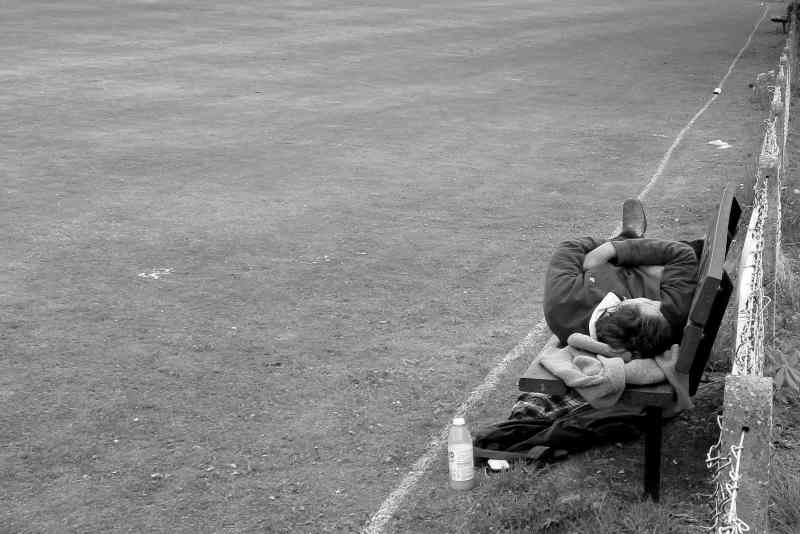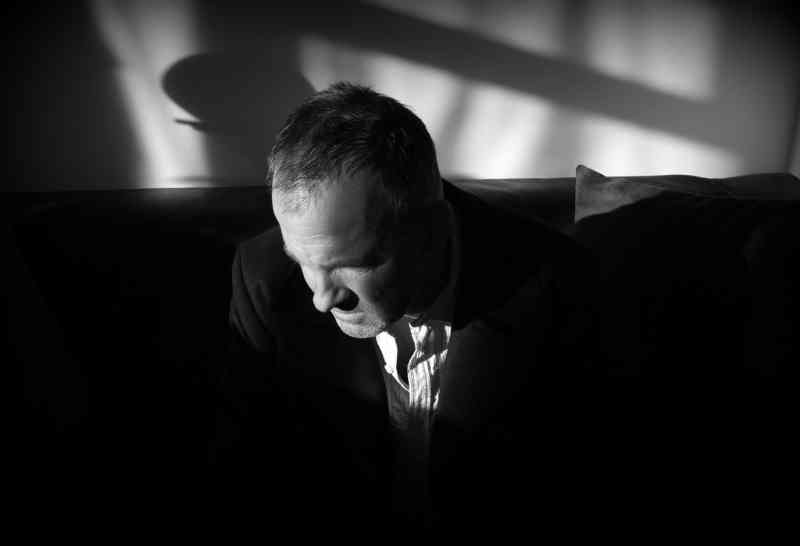This timeline shows that the worst of it is in the first four days.
A lot of drinkers are concerned about withdrawal. I get quite a few questions about it. A lot of people just don’t know what withdrawals are and they confuse them with a lot of things, such as a general longing or a psychological beating you take.
It’s important to know that withdrawals specifically mean physical symptoms (I’ll outline these below) that come from drop in blood alcohol level when your body thinks it’s supposed to be fed by alcohol all the time. If you go from your usual routine to a quick cold turkey right away, you’re going to have almost immediate withdrawals. If you are able to cut back gradually, you’ll probably reduce your withdrawals. But the fact is, quitting is the key, much more important than saving yourself from withdrawals. What I mean is, if going to cold turkey route is the way you think will work for you, you should do it. Not everyone has withdrawals, but here’s what they’re like if you do:
- high anxiety
- elevated heartbeat
- paranoia
- trembling, possible tremors
If you’re getting all the way into the realm of hardcore tremors, it’s to the hospital you go. This is a temporary symptom, but one that can be fatal. That is, they won’t last long, but one of the ways they can end is fatality.
Hallucinations: Days 1 and 2
I can’t say I had hallucinations myself, but I had a friend who did and I’ve researched the matter. I’ve found that 25% of recovering drinkers who have to go to the hospital will have some auditory hallucinations, basically ghosts from your past.
Seizures: Days 1 and 2
Because I quit a bit gradually, I did not have seizures, yet, again, I knew someone who did. Conventional wisdom is that these will not recur. We’re talking about withdrawal seizures here, not seizures from intense drinking. If you abstain you’ll be OK. The National Institute of Health says that benzodiazepines and antiepileptic meds are effective, as well as lorazepam, while phenytoin was not.
A Note on DT’s:
At this point in the timeline, about days 2-3, we get into the possibility of DT’s (delirium tremens). I don’t really want this to be a part of the timeline because it’s really uncommon. The tremens visit only 5-10% of the least fortunate of recovering alcoholics. I don’t want to place them as part of the timeline because I don’t want to be alarmist or to scare anyone or make people paranoid.
Steady as she goes: Day 4 and onward
Once you get past the initial three-day burst, you’re past the worst. You may be medicated, as mentioned above, with benzodiazepines, etc., and you may actually be under the care of a physician. Nothing worse will happen to you. The medicine will be necessary for a few months, but in terms of the physical symptoms, they may linger, but will probably lessen considerable.
One of the likeliest things to happen after the initial burst is that you’ll feel a bit strange—good, but strange (life’s funny isn’t it?)—and you’ll have to get used to the changes your body is going through. But that’s good news, because what’s happening to you is, of course, only for the positive. Your health is getting a lot better-you’ll be able to handle that, right?

Part II: Spiritual Withdrawal
Again, some people honestly believe that withdrawal refers to a feeling people get when they’re really jonesing for a drink. That’s not, as I’ve just demonstrated, what withdrawal is all about. Yet. It really does make sense that people think of it that way. And here’s why. People don’t really dread he first few days of going dry. In fact, when they talk about the hard struggle of going sober, very few people really talk about DT’s. They talk about what happens in four months and five and eight and three years. And they’re kind of right to do so.
Adding to Jellinek’s Curve
The reason people think of the months after going dry as being so harrowing have to do with all the emotional turmoil. To see this, I want to look at a great description of what an alcoholic goes through. It’s called the Jellinek’s Curve, and it slopes down through the worsening stages of alcoholism, hits the bottom, does a loop, and then curves back up into recovery.
As the curve slopes back upward, it cycles through “meets former addicts (who are) normal and happy,” “assisted in making personal stocktaking,” and “right thinking begins.” The curve isn’t an instruction manual. It describes the great progress the addict makes, and it isn’t there to, you know, explain how to actually do those things.
The place that causes a certain spiritual withdrawal for the addict is between “assisted in making personal stocktaking” and “right thinking begins.”
What is Right Thinking?
So, you’ve gotten past any physical problems you may have had. You may or may not be on meds and most likely didn’t have any DT’s. What you’re struggling with now, of course, is trying to make it stick. You’re absolutely nowhere near being sober in any true sense, not four days in. You don’t yet know if you’ve left the notion of drinking or if you’ve come up with any real technology for getting off the booze.
And that’s where right thinking comes in. Right thinking is going to mean something different to each person, and it’s something that will take a long time to develop and define, and then some time to implement and the rest of your life to maintain.
I was living in the Duke City, Albuquerque when I got out of rehab. I’d been running, as you know, my heating and cooling business, which was off the rails. I got a job at a Kinko’s right out of rehab. For me, what I was doing for a living was secondary. In a certain sense, the whole enterprise of being able to pay rent was secondary in my mind. What was everything was the sobriety.
I came up with a routine. I would wake up nearly two hours before work each day and look out the window toward the Sandia Mountains. I would allow my mind to go blank. I wasn’t trying to accomplish anything, not even meditation. I just took in the idea that it was morning, that I was alive and sober, and that I had access to the beautiful sunny world around me.
During my first cup of coffee, I’d start to really think about the day ahead, a day in which I’d notice something positive about each person I interacted with. This put me in a positive frame of mind and allowed some oxytocin to slosh into my mind. This chemical makes a person feel safe and nurtured and more positive.
In this way, I attended to trying to make myself more positive overall, to not feel miserable about quitting. To me, that’s a very important point. You have to think about life in terms of how fulfilling it can be without alcohol. If you jump back and get some distance and understand that—obviously—many non-alcoholics are plenty happy and not in need of dulling their existences with booze, you are ready to understand that it’s not an automatic that you have to indulge in self-pity because you’re missing out on alcohol. Now, you’ve lived your life with it, and a person who doesn’t drink at all has a very different life from your past life. It’s a big adjustment. But part of right thinking has to do with realizing you don’t have to have the same old crutch to be happy.
Right thinking, in my case, also had to do with recognizing I was going to have to be tougher than I’d ever been. I’d gotten myself into alcoholism, so I was going to have to toughen up to get myself out of it. Again it’s cutting self-pity. It’s kind of playing the cards you dealt yourself. Other people may not have something to dig their way out of, but I did. That was my fault and my problem, and all I could do was fight my way out of it.
The point of all of this is that there are sort of emotional withdrawals during this stage in the timeline. You have to fight hard and you have to fight hard to fight hard. You don’t think it can be tiring to psych yourself up to find something positive in everyone you see? You think it’s not tiring to fight off self-pity and keep trying to be good and just and perfect all the time? You get withdrawals from the life of being able to slack off and booze it up. It’s not the actual booze, in a chemical sense, it’s the idea of the lifestyle itself.
Once you get the right thinking nailed down, you’re really on your way. At that point, you’re going to feel like a former alcoholic. You’re going to have much less temptation to booze and will be more in the zone of trying to constantly maintain your abstinence. You’re pretty much over the emotional withdrawal by then—and you’ll probably get there in six or seven months. That closes the timeline. It’s gone!
Photo Credit Jon Squires on Flickr


